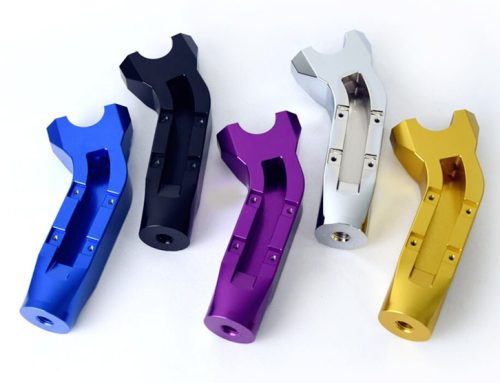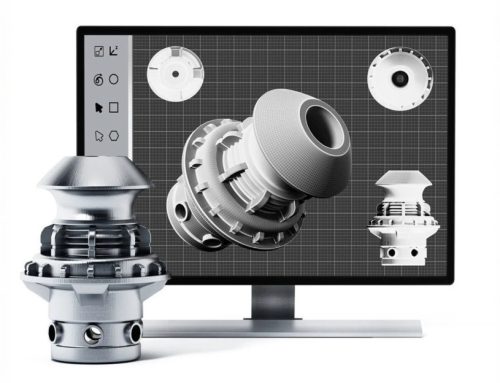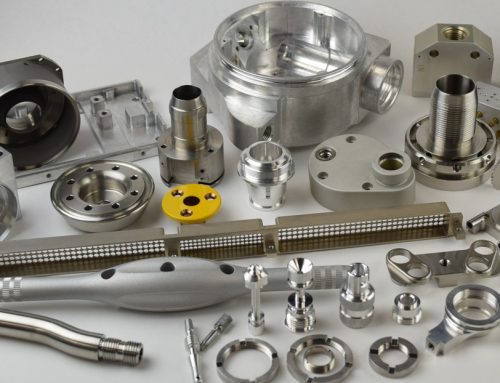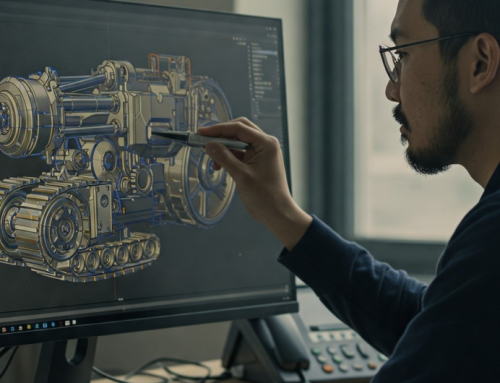Design of goods and systems that are efficient, safe, and user-friendly depends critically on human-factors engineering (HFE). Strategic prototyping—the intentional development and testing of prototypes to assess human interaction with a system—is among the most successful techniques available in HFE. Strategic prototyping involves methodically evaluating usability, functionality, and ergonomics to hone the final design, not just about producing an early prototype of a product.
The main advantages of strategic prototyping in human-factors engineering will be discussed in this article, along with how it improves user experience, lowers costs, and guarantees regulatory Compliance.
1.Enhancing User Experience and Usability
HFE’s main goal is to create systems fit for human capacity and constraints. In order to detect usability problems early in the development cycle, strategic prototyping enables designers to test user interactions in real-world circumstances. Iterative testing and feedback loops help teams optimize interfaces, change layouts, and raise general product ergonomics.
By use of prototypes, designers may assess elements like cognitive load, reaction times, and simplicity of interaction. A well-made prototype helps one understand if users can easily and effectively do activities, therefore lowering irritation and raising general satisfaction.
In the design of medical devices, for instance, strategic prototyping lets engineers replicate actual hospital settings. This will help them to ascertain if physicians and nurses can effectively use the gadget under demanding circumstances, therefore guaranteeing that the resultant product reduces mistakes and improves patient safety. Simulated settings also provide usability testing to enable changes to control placement, screen readability, and alert response, thereby enhancing the end-user experience.
Companies in consumer electronics employ strategic prototyping to test smart home products, tablets, and smartphone user interfaces. Real user interaction with prototypes allows manufacturers to improve gestures, touchscreen responses, and menu navigation, thereby guaranteeing a flawless user experience. By means of prototype, the insights acquired help to produce products that seem natural and responsive, therefore supporting brand loyalty and consumer happiness.
2.Early Design Fluid Identification
Late in the development phase, design problems may be expensive and time-consuming to find. Strategic prototyping aids in the early detection of possible ergonomic, cognitive, and interaction-based faults, enabling proactive rather than reactive solutions. By use of methodical testing, designers and engineers may replicate many user interactions, ambient variables, and stress elements influencing the performance of a product.
This procedure helps to find problems, including:
- Poor visibility of critical controls
- Difficult-to-reach components
- Ambiguous user instructions
Early resolution of these issues can help designers improve the usability and interface, therefore lowering the possibility of expensive redesigns and product recalls.
3.Product Development Cost Control
Product development without usability testing might result in major redesign costs. Strategic prototyping lets engineers make data-driven choices before mass manufacturing starts, therefore lowering these expenses. The advantages comprise:
Lower development costs
Early prototype helps to avoid costly changes needed after manufacturing has begun.
Efficient resource allocation
Resources go toward features and enhancements that clearly affect usability.
Faster time-to-market
Early resolution of design problems guarantees a more seamless manufacturing schedule and helps to reduce delays.
4.Enhanced Compliance and Safety
Strict rules for several sectors, including aircraft, healthcare, and automobile, guarantee safety. Compliance depends heavily on strategic prototyping because:
Testing against industry standards
Prototypes let designers be assessed in Compliance with safety criteria and legal frameworks.
Reducing human error
Simulating actual use scenarios helps designers to guarantee that products are user-friendly and reduce user-related errors.
Documenting usability studies
Prototypes help to support regulatory approval procedures by providing concrete proof that a product has undergone thorough human-factors testing.
For example, cockpit interfaces in the aviation sector go through many rounds of prototyping to make sure pilots may run them under demanding circumstances. This degree of investigation guarantees adherence to aviation safety criteria and lowers the possibility of disastrous mistakes.
5.Facilitating Cross-Disciplinary Collaboration
By giving engineers, designers, and end users a concrete point of reference for conversation, strategic prototyping encourages cooperation. Stakeholders may engage with a prototype, providing real-time comments and suggestions instead of theoretical presumptions.
This teamwork guarantees that many points of view are included in the design process, therefore producing:
More comprehensive solutions
Integration of several disciplines produces well-rounded, user-centric designs.
Faster consensus building
Teams that coordinate on design choices may do so more rapidly, therefore lowering communication gaps and project delays.
Better alignment with user needs
User comments from the actual world guarantee that the final result satisfies pragmatic needs.
6.Turning on iterative design and ongoing development
Constant improvement is one of the basic ideas of human-factors engineering. Strategic prototyping allows iterative testing and improvement, thereby precisely complementing this attitude.
- Low-fidelity prototypes enable the investigation of early design ideas and point out general usability issues.
- More exact functionality and interactive aspects help mid-fidelity prototypes improve the design.
- High-fidelity prototypes enable extensive usability testing prior to full-scale manufacturing as they closely resemble the finished product.
Using this iterative technique can help businesses guarantee that the final product is ideal for actual usage, hence increasing consumer happiness and long-term success.
7.Enhancing Competitive Advantage and Support of Innovation
By producing better-designed, more user-friendly goods, companies that include strategic prototyping in their HFE processes develop a competitive edge. Often, the result of the chance to test audacious ideas in a risk-free environment before committing to extensive development is innovation.
Prototyping allows consumer technology firms, for instance, to test innovative touchscreen interfaces, voice control systems, and gesture-based interactions. By means of fast iterations, they hone these ideas into market-ready goods that redefine industry norms.
Conclusion
A key component of human-factors engineering, strategic rapid prototyping provides a methodical method for enhancing user experience, safety, and cost-effectiveness. Companies may create products that satisfy regulatory criteria as well as user needs by using iterative design, cross-disciplinary cooperation, and early usability testing.
Organizations that embrace strategic prototyping will not only improve product efficacy but also stimulate innovation and maintain a strong market position in the competitive scene of today. Investing in human-factors-driven prototyping is not just a recommended practice; it’s also a must for producing easily understandable, high-performance systems that will last.




